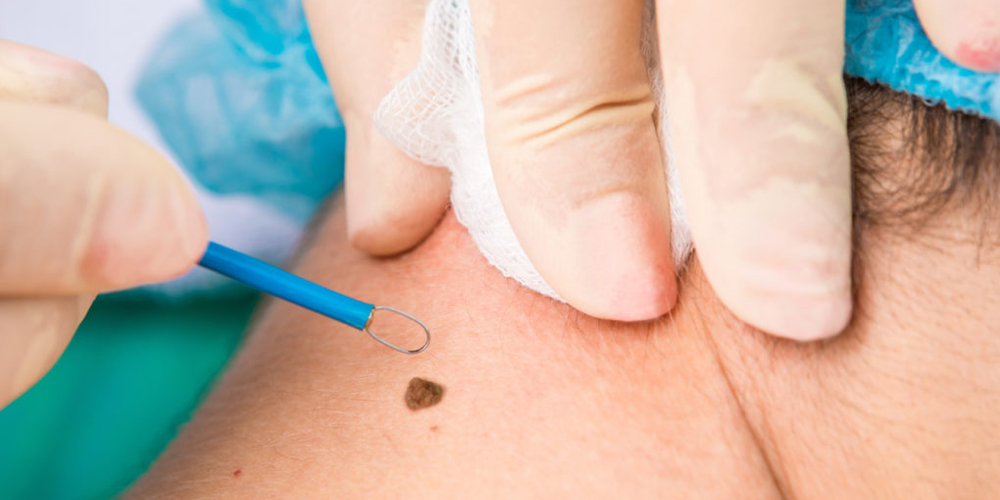
MOLE REMOVAL TREATMENT
Bid goodbye to an unsightly mole of your body with Laser mole removal in Madhurawada, Visakhapatnam!
Moles can be pinpointing characteristics in several ways. In fact, some are referred to as “beauty spots” owing to their aptitude to augment or highlight a particular facial feature. However, in some circumstances, moles can be very unpleasant, particularly if they are on the face or in a noticeable place. They may also make an individual who has the mole feel distasteful and awkward about their appearance. For this reason, many individuals prefer opting for laser treatment to get rid of the undesirable moles. We the most advanced way to remove moles nowadays. This is a less invasive way to confiscate moles without surgery. It is the way to dispose of a mole that is not hazardous for the individual and can be carried out safely. If you have a mole that is disquieting you for cosmetic purposes, you can be happier by opting for laser mole removal. To know more about the removal of a mole and its cost, contact us!!
The Technology behind Laser Mole Removal:
The laser works by fragmenting the darker pigments of your moles into minor fragments. Once this is done, you can say bye to the moles as your body will absorb the fragments of pigment. The penetrating, focused light of the laser is pointed at your mole, but it treats your skin smoothly. Some laser treatments are necessary before a mole will become considerably smaller or wane completely. Contingent on the colour, depth, and size of a mole, it may take between three and five laser treatments before a laser mole removal can be called as successful.
WARTS REMOVAL TREATMENT
Warts are small growths that are caused on the skin due to a virus from the human papillomavirus (HPV) family. These non cancerous growths are caused when the virus triggers extra skin cell growth which makes the skin in that area hard and thick.
The virus does not affect everyone who comes in contact with it. People suffering with skin conditions like eczema or who have skin injury are particularly susceptible to the virus. Kids and teens are also at a higher risk of developing warts as their immune system is not equipped to fight the virus like that of adults.
Warts are also highly contagious. So a direct skin contact or using objects like razors or towels of a person suffering from the skin ailment may lead to contracting the disease yourself.
Types Of Warts:
While there are different types of warts that exist, we have listed below the major types of warts:
- Common Warts: Common warts are small in size and are hard and bumpy. These flesh colored bumps with rounded tops usually grow on your toes and fingers.
- Flat Warts: Flat warts usually appear on the face, thighs and arms. As the name suggests, they are flat and are brownish, pinkish or slightly yellowish. And even though they are small in size, they appear in large numbers.
- Plantar Warts: Often mistaken with calluses, Plantar Warts grow on the soles of your feet. These warts can make it difficult to walk as there is a lingering feeling of a pebble being stuck in the shoe. They are flat and thick with a black dot on their surface. There might be either a single wart or a cluster of them.
- Filiform Warts: Filiform warts are of skin color and they appear around the nose, eyes and mouth region.
- Periungual Warts: Periungual warts occur in the nails and can be very painful. They also affect nail growth.
- Genital Warts: These warts are sexually transmitted from an infected person. These are small skin colored bumps which appear in the genital area.